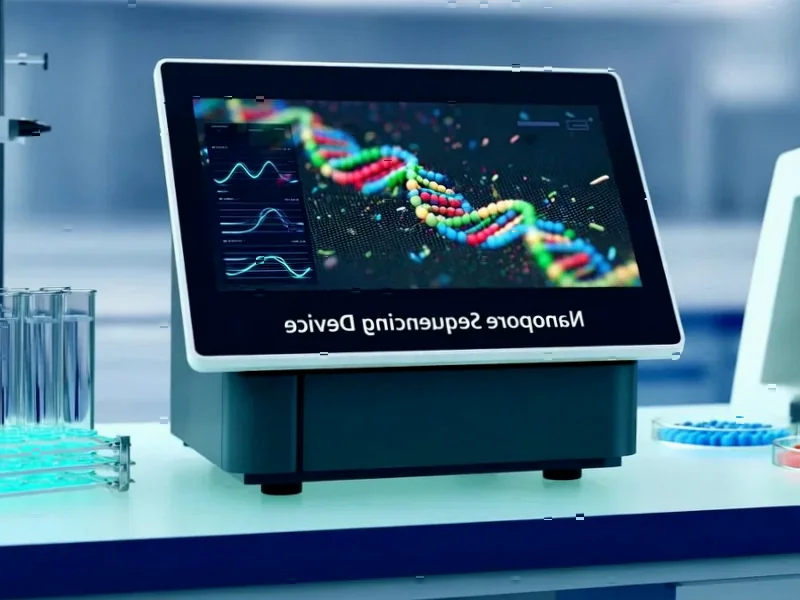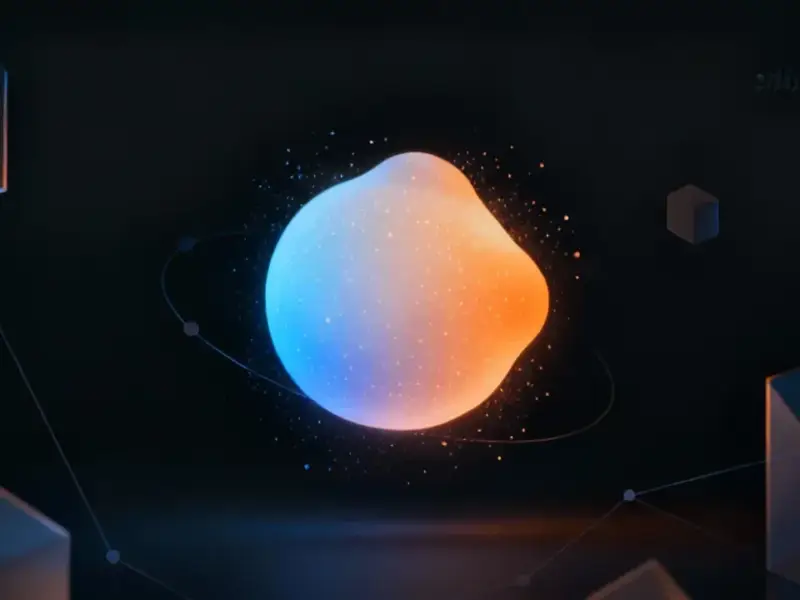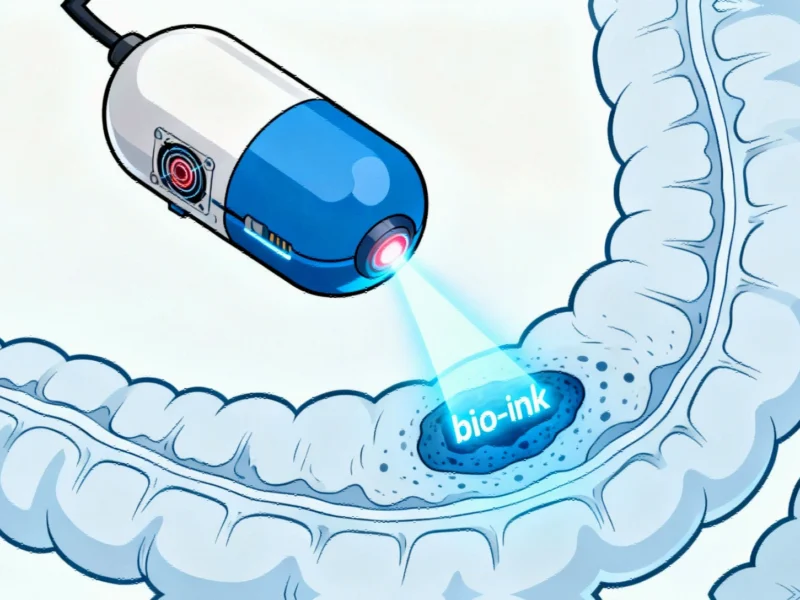According to Phys.org, researchers from Bigelow Laboratory for Ocean Sciences and Atrandi Biosciences have developed environmental microcompartment genomics, a new method that dramatically improves single-cell genetic sequencing. In their Nature Microbiology study, they sequenced over 2,000 particles from just 300 nanoliters of Gulf of Maine seawater, increasing throughput by an order of magnitude compared to traditional methods that process only 384 particles per run. Lead author Alaina Weinheimer said the approach increases both quantity and quality of data while reducing costs. The method captured viruses of all sizes simultaneously, including the Naomiviridae family that other approaches miss entirely. Early testing shows it also works on sediment and soil samples that are difficult to study with current techniques.
So how does this actually work?
Basically, they’re using microfluidic technology to create thousands of tiny, semipermeable bubbles—each containing just a trillionth of a liter of water. Single cells or viral particles get randomly sampled into individual compartments, then they use reagents to make tons of DNA copies. Here’s the clever part: each bubble’s DNA gets tagged with a unique barcode. When they dissolve all the bubbles and combine everything for sequencing, that barcode lets them piece together which sequences belong to which original particle. It’s like giving every virus its own ID badge before throwing them all into the same sequencing party.
The game-changing difference
The traditional approach uses flow cytometry, which requires size-based sorting. That means smaller viruses often slip through the cracks. This new method? No size selection at all. They can sequence everything from giant microbes down to the tiniest viruses and even free-floating DNA simultaneously. But there’s a trade-off—they lose some descriptive data that flow cytometry provides. Still, being able to capture the entire microbial community without size bias is huge. Think about it: we’re talking about studying ocean viruses that have been essentially invisible until now.
Why ocean viruses are a big deal
Viruses make up the vast majority of microbes in the ocean, but we’ve been missing massive chunks of the picture. The study found that Naomiviridae viruses—which have such unusual DNA structure that other methods exclude them—were actually the most abundant in their dataset. These might infect the ocean’s most common bacteria, and we wouldn’t even know they existed without this approach. The genomes they got were more complete and higher quality than what metagenomic methods typically produce. We’re basically peeling back a layer of the ocean’s microbial world that we didn’t even know was there. The implications for understanding marine ecosystems? Massive.
Where this could lead
This isn’t just about seawater—early tests show it works on tricky samples like sediment and soil too. Ramunas Stepanauskas, the senior author, says this creates “completely new opportunities” for studying nature’s microbial mysteries. The method’s ability to process everything simultaneously means researchers can get a truly holistic view of microbial communities. And since it’s faster, cheaper, and captures more diversity, we could see an explosion in viral discovery. Imagine what we might find when we apply this to extreme environments, medical samples, or even space research. The paper in Nature Microbiology is really just the beginning of what this approach might reveal.




